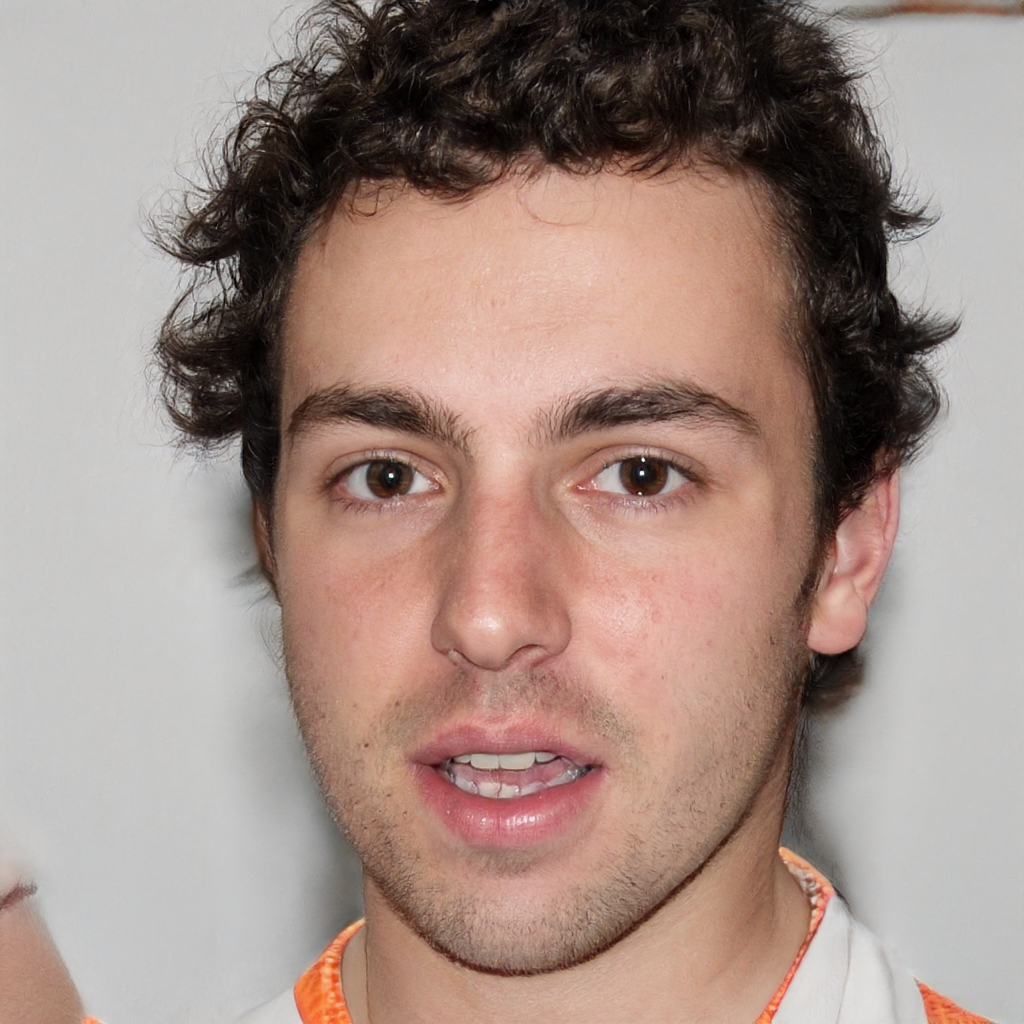Xiaomi is working on a new feature that improves the quality of shots thanks to artificial intelligence. Here's how it works
Xiaomi's MIUI 12 code continues to hold surprises and raise users' hopes. Especially for those who care a lot about the quality of the photos taken by their smartphone, because a new feature discovered by XDA-Developers in a Chinese beta of MIUI 12 could greatly increase the quality of the shots.
It is, in essence, to bring to Xiaomi smartphones one of the most popular photo features of Google Pixel users: Top Shot, that is, the option in the camera app that allows you to automatically take a burst of photos and then allows the user to choose the best one, discarding the others. The app itself, in each case suggests a photo but then allows you to choose another. Something very similar would seem to be hidden inside MIUI 12's code, but, as usual, it's not certain that this feature is coming anytime soon: Xiaomi may in fact choose to make it available only with MIUI 13, so next year.
AI Shutter: Xiaomi MIUI 12's Top Shot
The feature discovered inside MIUI 12's code, of course, doesn't have the same name as the Google Pixel one: it's not called Top Shot but "AI Shutter". And the reason is simple: it applies artificial intelligence to an already existing feature, namely the "burst" mode that takes several photos in sequence. But with burst mode, it's the user who decides which photo is the best, while with AI Shutter the artificial intelligence algorithms do it. In the code of the Chinese beta of MIUI 12, in fact, a line has popped up related to the description of AI Shutter that, translated into Italian, says: "Automatically selects the best moment when you press the shutter."
AI Shutter: will it be for everyone?
The good news is that AI Shutter is a new feature implemented via software and does not require specific hardware. In theory, then, when Xiaomi decides to include it in the official MIUI it could be available for all smartphones. The bad news is that such a feature requires, especially if you take bursts of high-resolution photos, a lot of memory and computing power. This means that, at least on low-end devices, Xiaomi decides not to implement it because the processing times might get too high.
